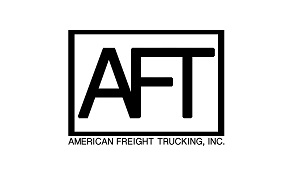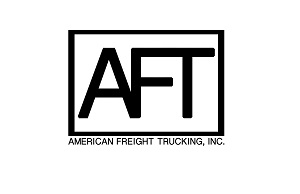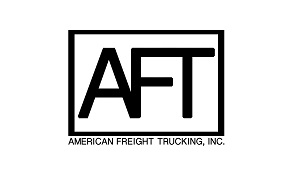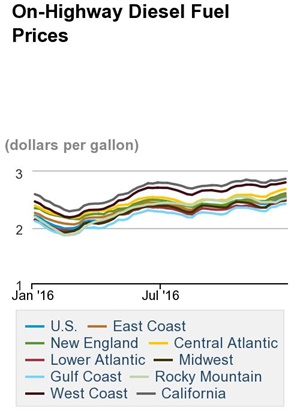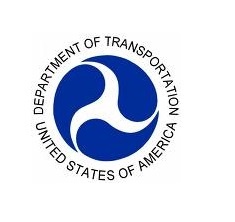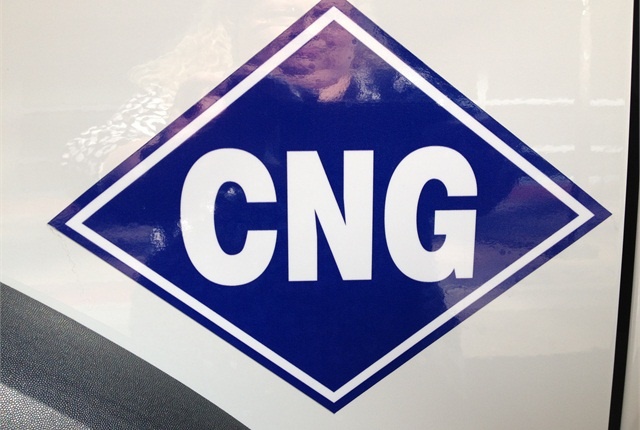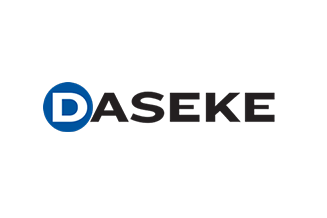Daseke, a flatbed, open-deck and specialty trucking company, has agreed to a merger agreement with Hennessy Capital Acquisition Corp., worth an expected $626 million, the company announced.
The proposed transaction will allow Daseke, currently a privately held company, to become a Nasdaq-listed public company. The merger is expected to be completed in the first quarter of 2017.
Under the terms of the agreement, Daseke will continue to be headed by current Chairman, President, and CEO Don Daseke. Daseke was founded in 2009 and has become one of the largest owners of open deck equipment and open deck transportation and logistics solutions companies in North America.
“Daseke is an ideal target for our investment vehicle, which is focused exclusively on best-in-class, industrial growth companies," said Daniel J. Hennessy, chairman and CEO of HCAC. “We believe our business combination with the Daseke Team of Teams will benefit all shareholders and enable the company to accelerate its consolidation of the open deck freight sector."
HCAC will acquire all of the outstanding capital stock of Daseke in a transaction that will introduce Daseke as a publicly traded company with an anticipated value of about $702 million. In connection with the merger, HCAC will change its name to Daseke.
When the transaction is complete, HCAC chairman and CEO Daniel J. Hennessy and President, COO and Director Kevin Charlton will join the Daseke board of directors, which will consist of seven members, including Don Daseke and executive VP and CFO Scott Wheeler, as well as three additional independent directors who serve on the Daseke board.
Hennessy Capital is a blank check company founded by Daniel J. Hennessy for the purpose of creating a merger, capital stock exchange, asset acquisition, stock purchase, reorganization or similar business combination with one or more businesses.
“HCAC shares our philosophy of investing in people,” said Daseke. “We believe
